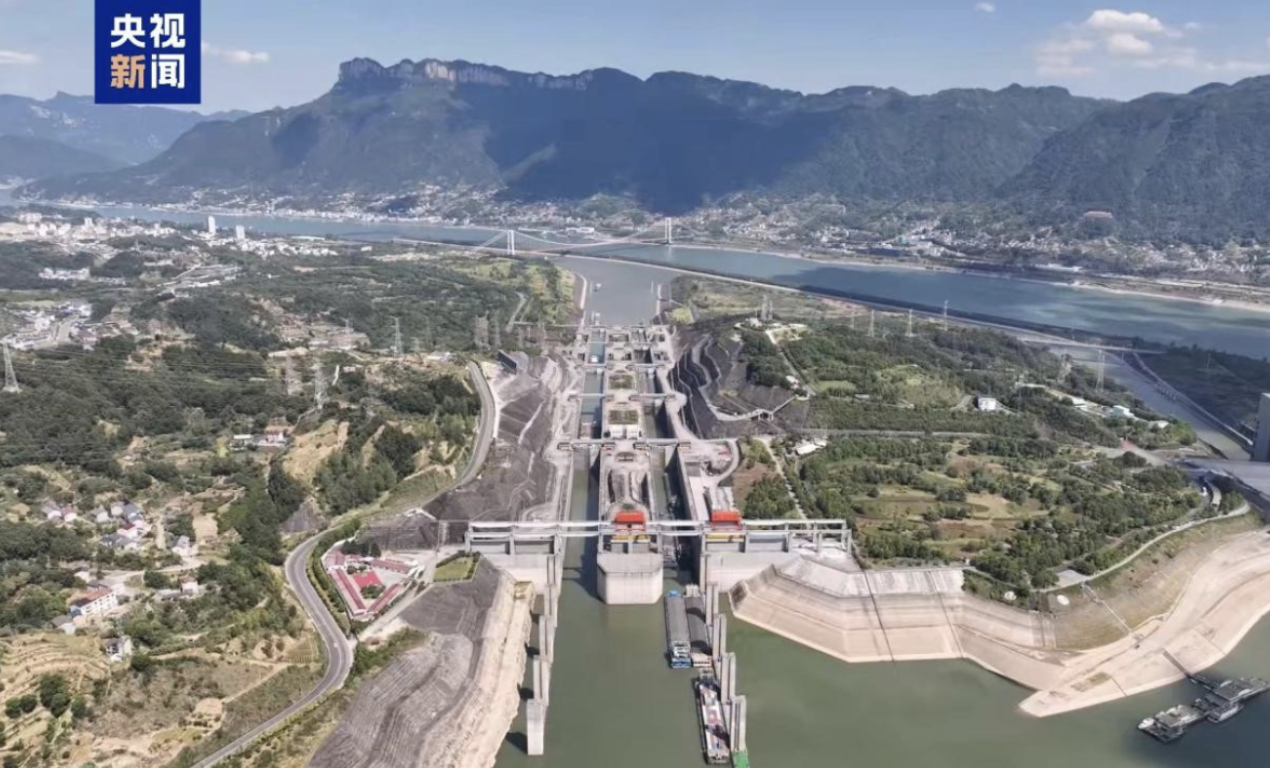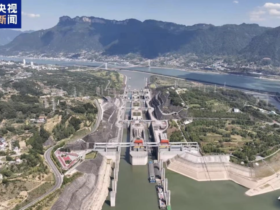BEIJING, Sept 30 – China has built the world’s largest, most comprehensive water infrastructure system, benefiting the largest number of people. The total investment in water conservancy during the 14th Five-Year Plan period (2021-25) is projected to exceed 5.4 trillion yuan ($756.96 billion), head of China’s Ministry of Water Resource (MWR) Li Guoying said on Monday.
In 2022, China’s investment in water conservancy construction surpassed 1 trillion yuan for the first time and set new records for the following three years, reaching 1.3529 trillion yuan in 2024. Total investment during the 14th Five-Year Plan period is expected to be 1.6 times that of the 13th Five-Year Plan period (2016-20), said Li.
Investment in water conservancy projects is large in scale and long in duration, but it can effectively drive social investment and provide support for sustaining high-quality economic development, Li Changan, a professor with the Academy of China Open Economy Studies at the University of International Business and Economics, told the Global Times on Monday.
Since 2021, a total of 172 major water projects have been launched, accelerating the optimization of infrastructure layout, structure and integration. By the end of 2024, China had built 95,000 reservoirs, 200 large and medium water transfer projects, 6,924 irrigation districts, and 318,000 kilometers of dikes, completing a world-leading water infrastructure system in scale, function and population served.
The minister noted that China has been strengthening its flood and drought defense system, with 185.6 billion cubic meters of reservoir flood storage, dikes protecting 660 million people, and 109 billion cubic meters of national flood detention capacity. Since 2021, flood losses as a share of GDP have fallen from 0.28 percent to 0.18 percent.
Besides, China has built a slew of water supply, diversion and irrigation projects. By the end of the 14th Five-Year Plan period, the national water network is expected to cover 80.3 percent of the country, irrigated farmland will reach 72.7 million hectares and rural tap water coverage will hit 96 percent, ensuring water security for national strategies, stable grain production and residents’ well-being.
The development of water conservancy facilities is comprehensive and multifunctional, and it is also an important part of the strategy to prioritize agriculture and rural development, said the minister, noting that such rapid growth not only plays a positive role in rural development and economic stability but also increases farmers’ incomes.
The MWR is also ramping up integration of artificial intelligence (AI) technologies into the water conservancy. Zhang Xiangwei, director general of the Department of Planning and Programming of the MWR, emphasized that digitalization, networking and intelligence are the future trends and development directions, noting that the ministry has accelerated the development of digital twins for river basins, water networks and projects.
The MWR has been focusing on monitoring and perception, mathematical modeling and practical applications, while building an integrated “sky-space-ground-water-engineering” monitoring system to enhance real-time awareness of water-related conditions, Zhang said.
He noted that the department has developed a high-fidelity digital flow-field model that enables virtual-real interaction and forward-reverse simulation, supporting flood and drought control as well as unifies river basin scheduling.
At present, based on the digital twin monitoring platform, flood forecasts for major rivers nationwide have been extended from three to 10 days, with 268 key ecological flow sections monitored, ensuring the safety of water supply, water quality and the operation of China’s South-to-North Water Diversion Project, Zhang said. – Global Times


-加码-scaled.jpg)

-加码-scaled.jpg)














Leave a Reply